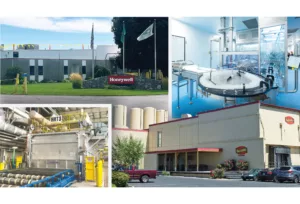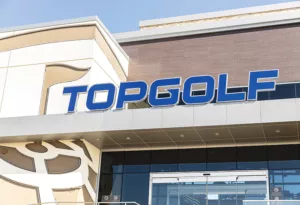Guest Commentary: An inventive approach to mine cleanup
-
 There is a new machine being tested in Montana which could decontaminate toxic mine tailings while recovering valuable precious minerals for everyday use.
There is a new machine being tested in Montana which could decontaminate toxic mine tailings while recovering valuable precious minerals for everyday use.
Gold, silver, and other metals are essential for our cellphones, computers, and electronic devices, and their sale could offset the processor’s purchase and operational costs.
If pilot tests are successful, the inventors envision building them in the United States. The potential market is worldwide because there are over 3,500 tailing ponds awaiting treatment.
For now, it is a South Africa contraption originally designed for extracting microscopic gold and silver particles in mining operations, but it has been retrofitted to remove waste water contaminants. It gathers metals down to 3 microns in size, which are particles smaller than a red blood cell. The water then could be further treated to remove dissolved acids and solvents.
The massive Berkeley Pit in Butte is one of the world’s largest Superfund sites. It is a key test project. The pit is a giant sink that collects metal-laden, acidic water from over 10,000 miles of underground mine workings.
It has become a ticking time bomb since the pumps, which kept the subsurface tunnels dry for copper miners, were turned off in 1982. By 2014, the pit collected 43 billion gallons of copper-tinted water. By 2023, the rising water level is expected to begin drifting into the area’s groundwater.
To date, there is no way to completely shut off the water entering the pit although it has been slowed. Clean up technology is developing, but researchers have been hampered by the complexity of the problem.
Now, a machine called the PET4K Processing Plant hopefully is a game changer. The prototype is mobile and can be towed by a pickup truck. If it works, it could be used to clean up hundreds of abandoned mine sites.
The machine operates on water and pressure to separate metals using a system of gravity levels to target and remove specific metals in minuscule sizes. Preliminary, hand-held X-Ray tests on samples treated from Berkeley Pit are encouraging.
Butte, which was once called the “Richest Hill on Earth” because of the vast volumes of gold, silver, copper, zinc, and other metals still has tons of minerals available to mine, but mining methods will be different. Until 1955, the ore was extracted underground by hundreds of miners in “shaft and tunnel” operations. It is now shifting to mining polluted tailings.
The underground mines closed 50 years ago leaving one giant contaminated reservoir. As the water becomes polluted as it makes its way through the man-made underground aqueduct system. The legitimate fear is it will pollute the headquarters of the Clark Fork tributary of the Columbia River.
Removing the metals and toxins is not an option, nor it is a problem to put on hold. With our nation drowning in red ink, we need to find innovative ways to solve problems by creating new opportunities.
The PET4K Processing Plant seems to fit that strategy.
Don C. Brunell, a business analyst and columnist who lives in Vancouver, is the retired president of the Association of Washington Business. He can be contacted at [email protected].
Related Articles

_c.webp?t=1763626051)
_web.webp?t=1764835652)

